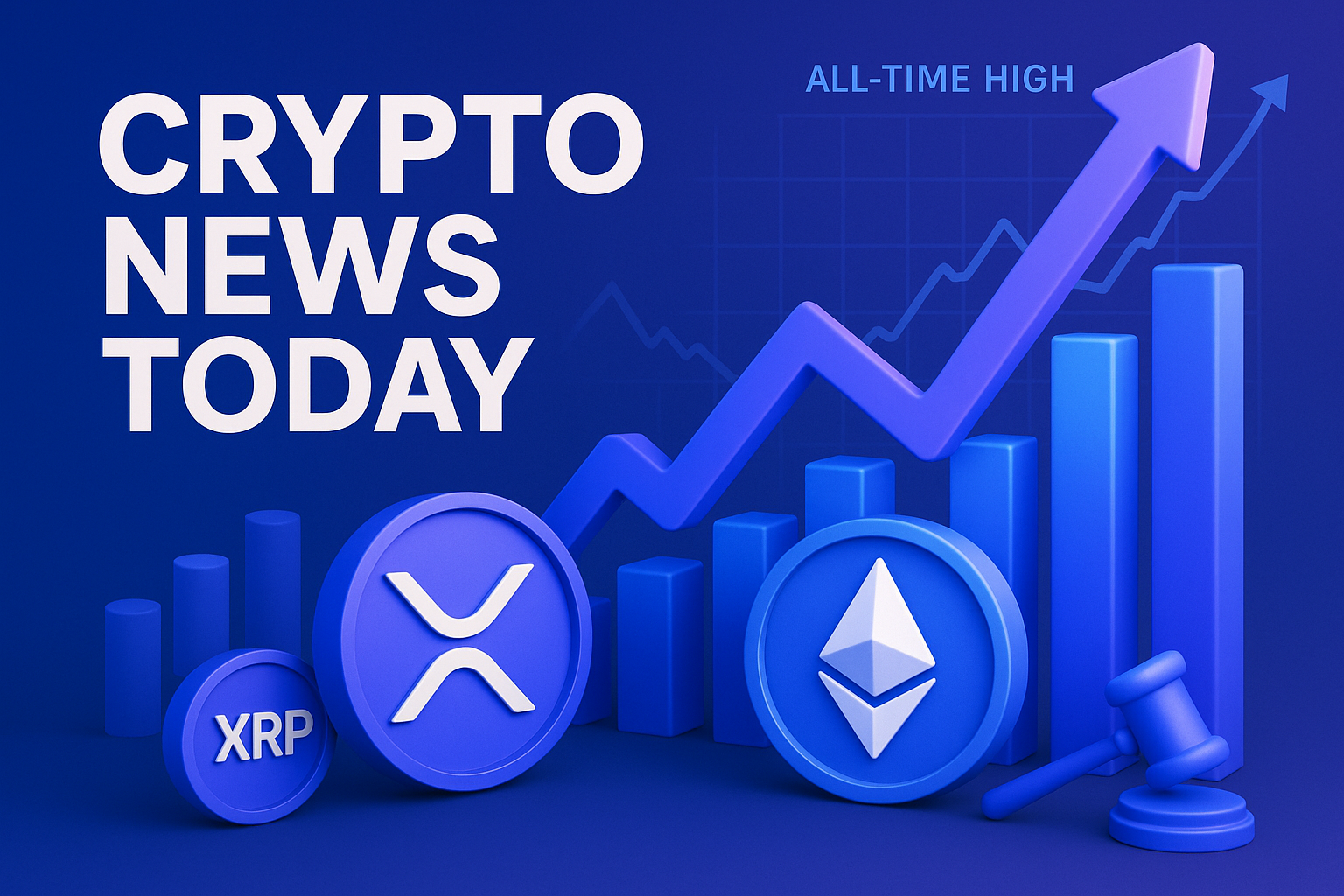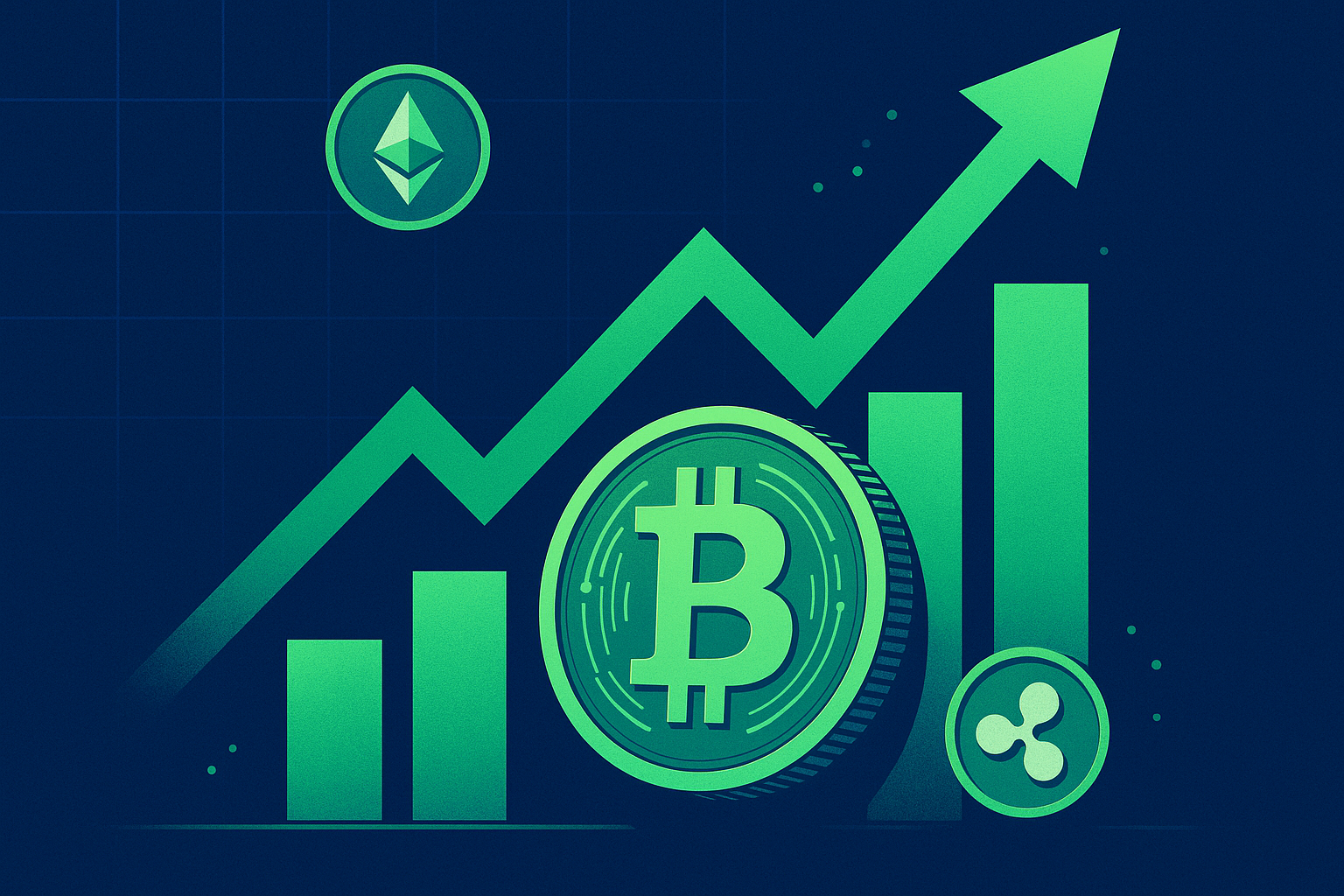While traders were sleeping off the post-Fed-meeting whiplash, Fireblocks quietly dropped a stat-bomb that has the Telegram rooms spinning: 49% of global institutions now say they actively use stablecoins. Yeah, that’s basically one out of every two banks, funds, or payment processors slinging USDC, USDT, or a home-grown variant behind the scenes.
Here's What Actually Happened
Fireblocks’ freshly minted “2025 Digital Asset Outlook” landed in our inbox at 03:17 UTC (cheers to whoever forgot the embargo). Buried between the usual glossy charts was the headline number: nearly half of the 368 institutions surveyed tap stablecoins for daily ops. Cross-border settlements is the big use case—68% of those users said it beats SWIFT on speed, 54% name-checked lower fees, and 43% waved the security flag.
I pinged our local OTC desk to sanity-check. Josh at GSR replies with a shrug emoji and: “bro we’ve been netting against USDC since 2021—it’s not news, it’s plumbing.” Fair point. Still, seeing it quantified feels different.
Why This Matters for Your Portfolio
In my experience, whenever TradFi quietly standardizes on a crypto primitive, the market only prices it in months later. Remember when everyone laughed at MicroStrategy’s first BTC purchase? Look where we are. If half the institutional crowd treats stablecoins as railroads, that might set the stage for the next leg of DeFi composability—think tokenized T-bills auto-rebalancing into Aave pools without touching the clunky banking stack.
Quick numbers Fireblocks shared that made my coffee hit different:
- 64% plan to increase stablecoin usage in the next 12 months.
- Of that subset, 39% want their own branded stablecoin. (Move over, PayPal USD.)
- 76% cite regulatory clarity as the final boss holding back full-scale adoption.
The Community Reaction: Mixed Feels, as Always
The crypto community’s collective Slack is never short on takes. I hopped into a Spaces hosted by Ledger’s @0xHalle and the mood swung from champagne to side-eye:
"Stablecoins are finally doing what Ripple promised ten years ago—settling dollars at the speed of gossip." — @DegenDan, self-proclaimed stablecoin maxi
"Cool stat, but let me know when 49% of institutions hold ETH without an ETF wrapper. Until then it’s still training wheels." — @_katherine.eth, DeFi governance nerd
Me? I’m somewhere in the middle. I love that wires no longer ruin my Friday cutoff times, but I still flinch every time USDT’s Bahamas reserve rumors resurface. Call it healthy paranoia.
Tangent Time: Remember Facebook’s Libra?
Can’t help but think back to 2019 when Facebook’s Libra (later Diem) got yeeted by regulators before it could even mint coin #1. If Zuck had waited for today’s data—half of Wall Street already onboard—maybe policymakers would’ve been less itchy. Or not. Either way, it shows timing is everything in this space: push too early and you get stoned, wait too long and PayPal beats you to it.
Speed, Scale, Security: Pick Three?
Fireblocks says institutions picked speed (68%), scale (55%), and security (43%) as the top reasons to adopt. That trifecta used to be the impossible triangle—now apparently it’s table stakes. We’ve come a long way since Bitfinex hacked-year 2016, when hardware wallets were literally USB sticks taped together (I still have one collecting dust).
What changed? Part of it is infra: Layer-2s like Arbitrum and Base let stables zip around for pennies. Part is custody: MPC wallets mean a junior analyst can’t fat-finger a $20M cold storage withdrawal (seen it, scars remain). And part is simply reputation—Circle shells out for audits, Paxos cuddles with NYDFS, and even Tether posts daily attestation tweets now. It’s not perfect, but it’s grown-up finance compared to the wild 2017 ICO zoo.
Potential Spoilers on the Horizon
Of course, we can’t pop champagne without checking for landmines:
- Regulatory curveballs. The EU’s MiCA rules drop in 2024; if they cap non-EU stable volumes, USD coins might face regional walled gardens.
- CBDCs muscling in. The BIS just demoed its cross-border wholesale CBDC proof. Imagine SWIFT 2.0 but with central-bank gas fees—will banks still bother with private stables?
- Liquidity fragmentation. If every bank mints its own BofA-buck or HSBC-dollar, we may need yet another layer to swap among them. Remember wrapped Bitcoin liquidity spaghetti seasons? Yeah.
Okay, So What Do We Do With This Info?
Not trading advice, DYOR, etc. But here’s what I’m personally eyeballing:
- Infrastructure plays. Projects like LayerZero, Stargate, and Thorchain that route stablecoin liquidity across chains feel underrated if volume keeps exploding.
- Reg-friendly yield. Tokenized T-bill vaults (Ondo, Maple) become more attractive if institutions start parking billions in on-chain dollars and need vanilla AA-rated yield.
- Gas tokens. If usage spikes on L2s, ETH and OP could see a reflexive uplift. Might be déjà vu of the 2021 “ETH is ultrasound money” narrative.
The Vibe Check: Is 49% Enough?
Someone in Discord asked, “Does 49% mean we’re halfway to mass adoption?”—as if it’s a video game progress bar. I think the better question is: Which 49%? If it’s mostly trading desks and fintechs, cool but expected. If it’s old-school insurers and central banks, that’s paradigm shift territory. Fireblocks didn’t drop names (NDA hell), so for now we speculate.
One silver lining: The report shows zero institutions plan to reduce stablecoin usage next year. The real holdouts are merely undecided, citing compliance hurdles and counterparty risk. Translation: They’ll move once someone else writes a policy PDF they can copy-paste.
Parting Thoughts and a Wild Guess
I’ll leave you with this: Markets often front-run headlines, but sometimes the plumbing changes quietly until the dam breaks. If stablecoins are now core infra for nearly half the big players, maybe the next black swan is actually a white swan—an upside surprise where dollar-pegged rails become the default, and nobody bothers with ACH anymore.
Give it 18 months and I wouldn’t be shocked if Bloomberg terminals list USDC/USDT basis spreads right next to LIBOR. Crazy? Maybe. But then again, so was Bitcoin at $1.



